Blog
How Put Spreads Help Manage Downside While Selling Covered Calls
| Crypto Options | 4 seen
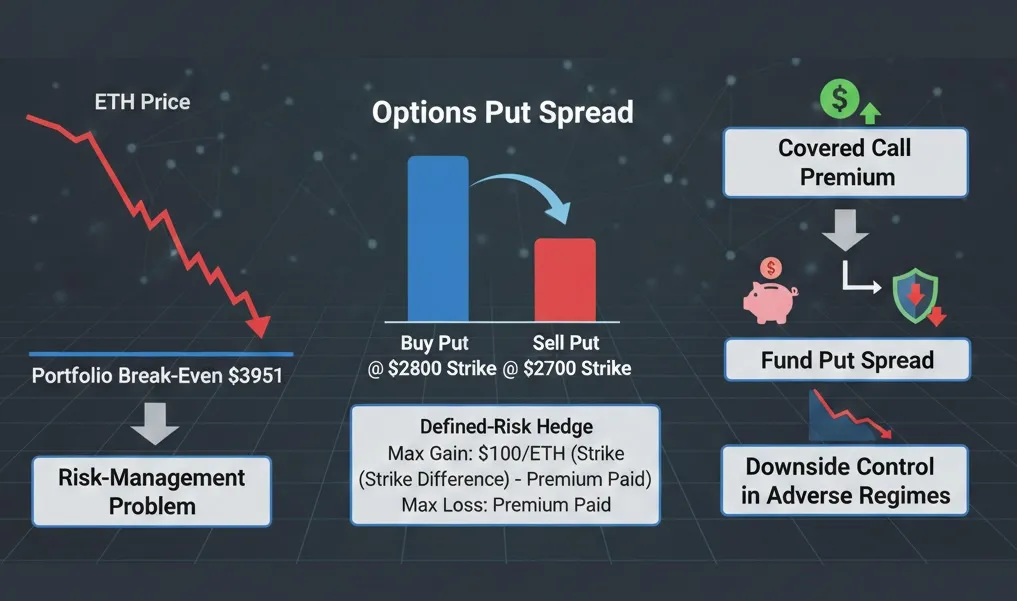
When markets move below our average entry, we treat the situation as a risk-management problem, not a prediction problem. At that point, the priority is simple: avoid turning a manageable drawdown into a deeper one. One of the tools we use for that purpose is the put spread.
To make the logic concrete, here is a real-style example.
On December 18, 2025, Terramatris was holding 2.8 ETH with a portfolio break-even price of $3,951. As part of our systematic income approach, we regularly sell weekly covered calls to generate premium and work our break-even lower over time. This can be rational in stable or gradually recovering markets. But after a deeper-than-expected drop, it became clear that covered calls alone are not enough: they help reduce basis, yet they do not…
Testing SOL Staking via bbSOL (Bybit) to Add Yield Without Sacrificing Upside
| Research | 15 seen
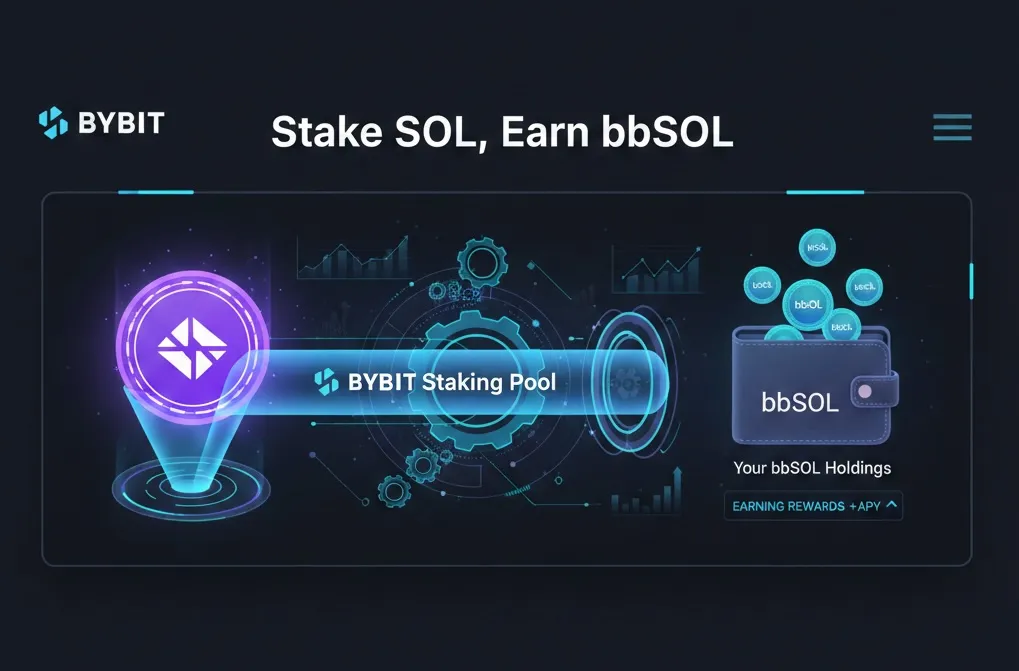
At Terramatris, we’re always looking for ways to improve risk-adjusted returns — not by chasing hype, but by stacking small, rational edges.
One idea we’ve been exploring lately comes from the broader DeFi world: liquid staking derivatives (LSDs). In plain terms, you stake SOL, but instead of locking it up and waiting, you receive a liquid token that represents your staked position (and typically accrues staking yield). That concept is appealing because it aims to add yield while keeping flexibility — and, in theory, avoiding the classic “earn yield but lose mobility” tradeoff.
Why we still prefer covered callsTo be clear: we generally favor covered calls over staking.
The reason is simple — the yield potential is usually better. Covered calls, when managed properly,…
Ep 121: Crypto Options Fund Up 3.94% $170 Premiums This Week
| Weekly updates | 85 seen
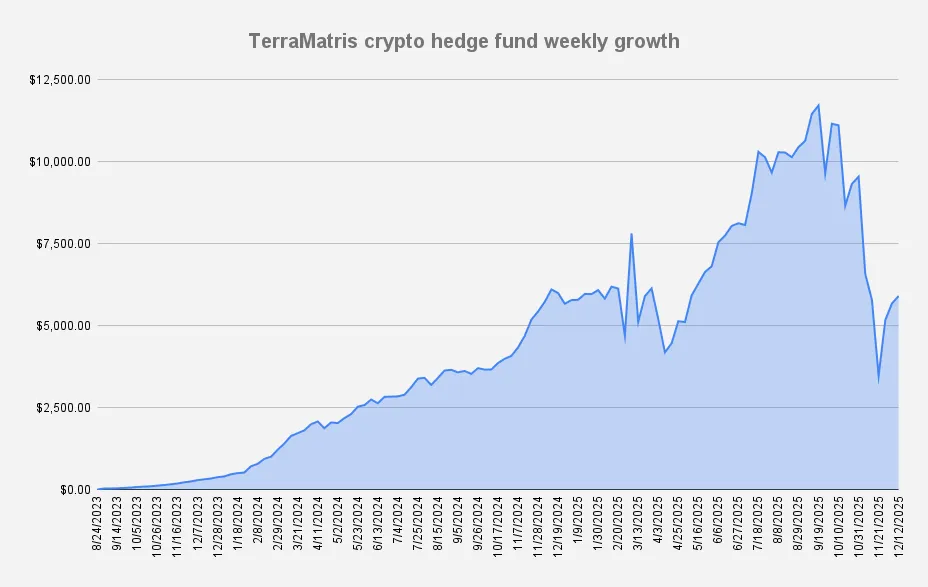
As of December 12, 2025, the TerraM Multi-Asset Crypto Options Fund is up +3.94% week-over-week, encouraging result after the steep drawdown just a few weeks ago.
Our overall drawdown stands at –49%, while YTD Fund value is up +3,98%, slightly outperforming Bitcoin (–1.29%) and ETH (–2.65%). This highlights that our returns remain highly directional and strongly correlated with the broader market - largely “riding the wave” while seeking to extract incremental income through our yield/option overlays.
Options IncomeThis week, the TerraM Multi-Asset Fund generated $170 in options premiums, what is impressive 2.87% weekly return on capital.
Over recent weeks we sold ATM covered calls below our break-even. This week we were challenged and had to roll up…
Job Opening: Strategic Partner — Crypto Partnerships & Referrals
| Jobs | 21 seen
Terramatris is a crypto-focused investment initiative built around liquid digital-asset markets with an emphasis on disciplined risk management and transparent reporting. We work with a long-term mindset, prioritizing process, position sizing, and survivability over hype.
We’re looking for a Strategic Partner who can help us grow by introducing crypto-native capital and/or building partner channels that consistently generate qualified leads. This is a relationship-driven role for someone who already has credibility and access in crypto circles.
This is not a trading role. It’s a partner-facing growth role focused on introductions, referrals, and distribution.
Who You’ll Bring
You’ll focus on crypto-native audiences such as:
On-chain builders, founders, and…Ep 120: Rolling Up, Collecting Credit: TerraM Earns $231 Options Premium as Fund Jumps +9.87%
| Weekly updates | 160 seen

As of December 5, 2025, the TerraM Multi-Asset Crypto Options Fund is up +9.87% week-over-week, giving as a hope that the worst is behind us, and we should focus on growth.
Our overall drawdown has now improved to –51%, a meaningful recovery, though still well below the fund’s mid-September all-time high. Year-to-date, we are up +0.04%, slightly outperforming Bitcoin (–1.63%) and modestly outperforming ETH (–5.32%). This highlights that our returns remain highly directional and strongly correlated with the broader market—largely “riding the wave” while seeking to extract incremental income through our yield/option overlays.
Options IncomeThis week, the TerraM Multi-Asset Fund generated $231 in options premiums, what is impressive 4% weekly return on capital. …
What Are the Main Challenges Running a Solana Covered Calls Growth Portfolio?
| Funds | 43 seen

Solana covered calls sound straightforward: hold SOL, sell calls, collect premium, compound.
And yes—most of the usual “covered call problems” are real: you cap upside in rips, you can get dragged into rolling, and in a drawdown you risk becoming a paid bagholder. But with proper risk management and discipline, those aren’t the problems that keep us up at night. They’re part of the deal, and we price them in.
The real challenge we face running the Terramatris Solana Covered Call Growth fund is simpler and more annoying: the market structure on SOL options just isn’t mature enough yet. It’s not about making the perfect strike/expiry choice. It’s about the fact that, many weeks, you don’t really have a choice at all.
On Solana, there are not enough strikes and not…
Crypto Meetup in Palolem Beach, Goa – Traders, Builders & Investors Welcome
| Events | 43 seen
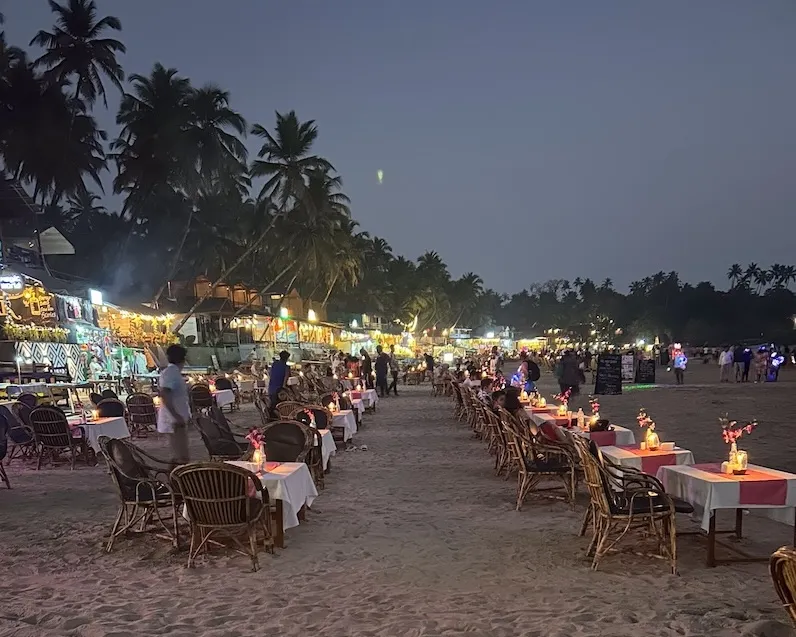
Join us for an informal, high-quality crypto meetup right on Palolem Beach, South Goa. This gathering brings together traders, builders, researchers, and open-minded enthusiasts for a focused discussion on real market strategies and emerging opportunities.
When: Thursday, December 25 12:00 PM - 2:00 PM (GMT+5:30)Where: Palolem Beach, GoaTopics on the table
Crypto options trading (practical strategies, risk frameworks, yield ideas)DeFi staking/yields and what currently worksBitcoin, Ethereum, Solana market outlooksAnalysis of promising altcoins with real potentialOpen discussion: what’s worth watching in 2026?Format
Straightforward conversations, shared insights, and a few Kingfishers in between.
Who’s welcome
Anyone serious about crypto: traders…
Solana Covered Call Growth Fund Performance - November 2025
| Funds | 16 seen
November turned out to be a difficult month across the cryptocurrency market, and Solana was no exception. SOL fell sharply from $187 at the start of the month to $136 by the end, a 27.3% decline. Despite this deep pullback, the Terramatris Solana Covered Calls Growth Fund held up noticeably better.
The Fund’s NAV closed at 0.76, compared to 0.89 in October, which represents a 14.6% decrease. While negative, this still reflects about 12.7% in alpha preservation versus simply holding SOL outright. In other words, the covered-call strategy helped soften the blow during a volatile month.
Even with the market downturn, interest in the fund continued to grow. Total issued shares increased from 12,171 in October to 12,412.46 in November — an increase of 1.98%, supported by…
Ep 119: Weekly Update: +48.85% Rebound, Drawdown Recovery, and Options Income Surge
| Weekly updates | 129 seen
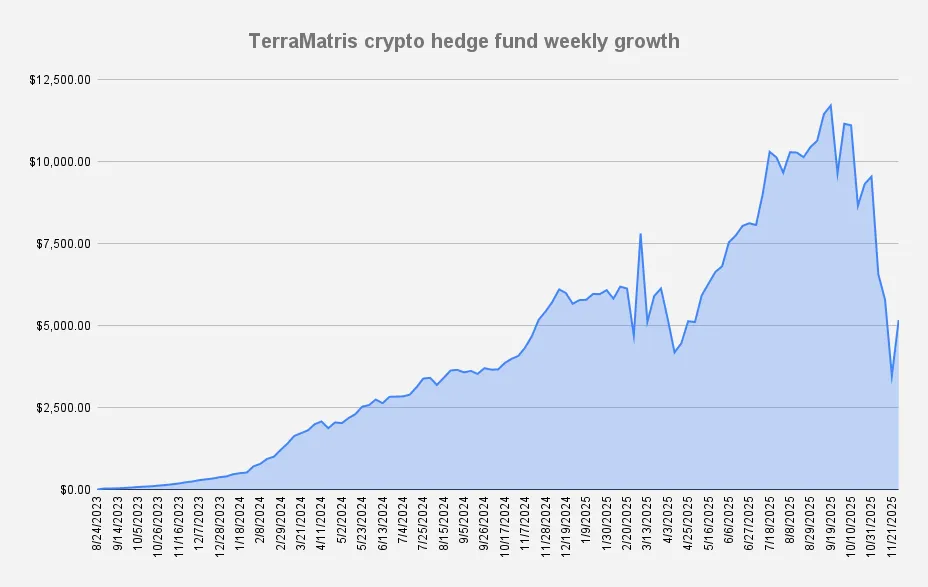
As of November 28, 2025, the TerraM Multi-Asset Crypto Options Fund is up +48.85% week-over-week, marking our strongest weekly gain to date. However, this surge is largely a retracement following last week’s –40% drawdown, rather than new growth.
Our overall drawdown has now improved to –55.87% - a meaningful recovery, though still far from the fund’s all-time high reached in mid-September. This past week offered welcome relief, and we hope the positive momentum continues, but we remain cautious and do not rule out the possibility of another sharp decline.
It has now been more than two years since we launched our crypto hedge fund, and while this is the steepest drawdown we have experienced, it is also the easiest to handle. Although leverage contributed to the size of the…
Ep 118: TerraM Fund Reports Record –40% Weekly Loss as Drawdown Reaches –70%
| Weekly updates | 89 seen

As of November 21, 2025, the TerraM Multi-Asset Crypto Options Fund is down –40.00% week-over-week, marking our worst weekly result to date. The overall drawdown has deepened to –70.35%, placing the fund firmly in distressed territory. The crypto bear market has hit us hard, and leverage remains the primary problem. Core positions are still intact, but another week of similar magnitude could put us at serious risk without additional external capital.
Last week’s outlook turned out correct: BTC slipped toward the previously noted $84,000 level. While we’re not issuing price predictions, a short-term bounce — potentially a long-anticipated Santa rally — is still possible. Conversely, a push down toward $75,000 cannot be dismissed. Technical patterns typically revert, making a…